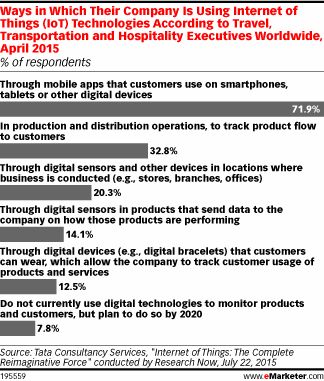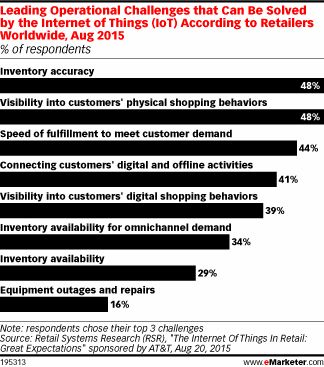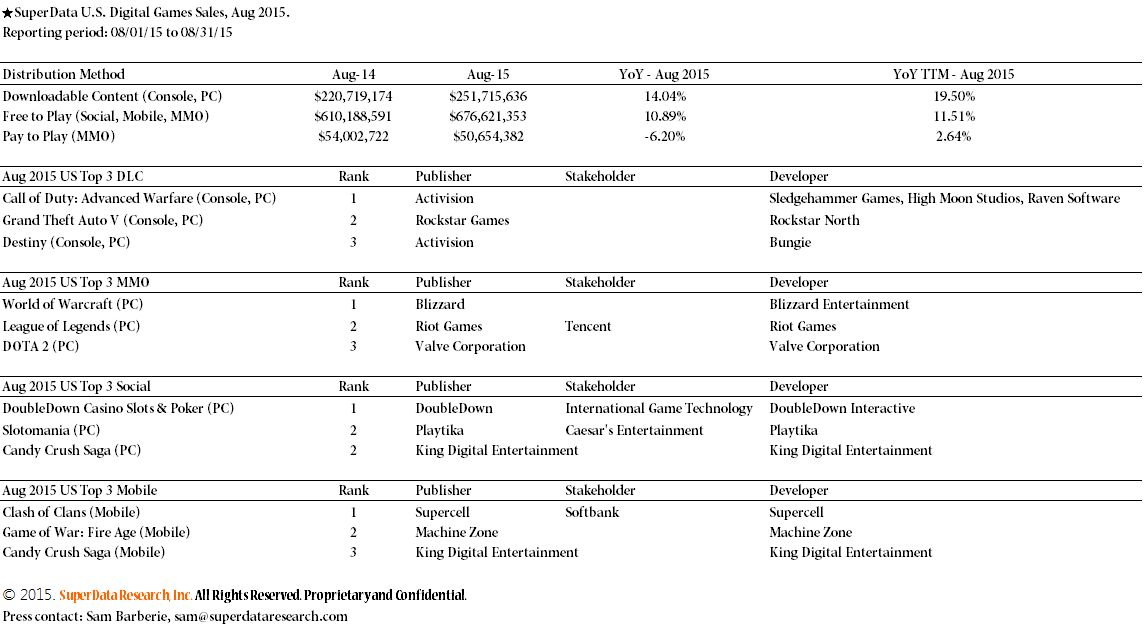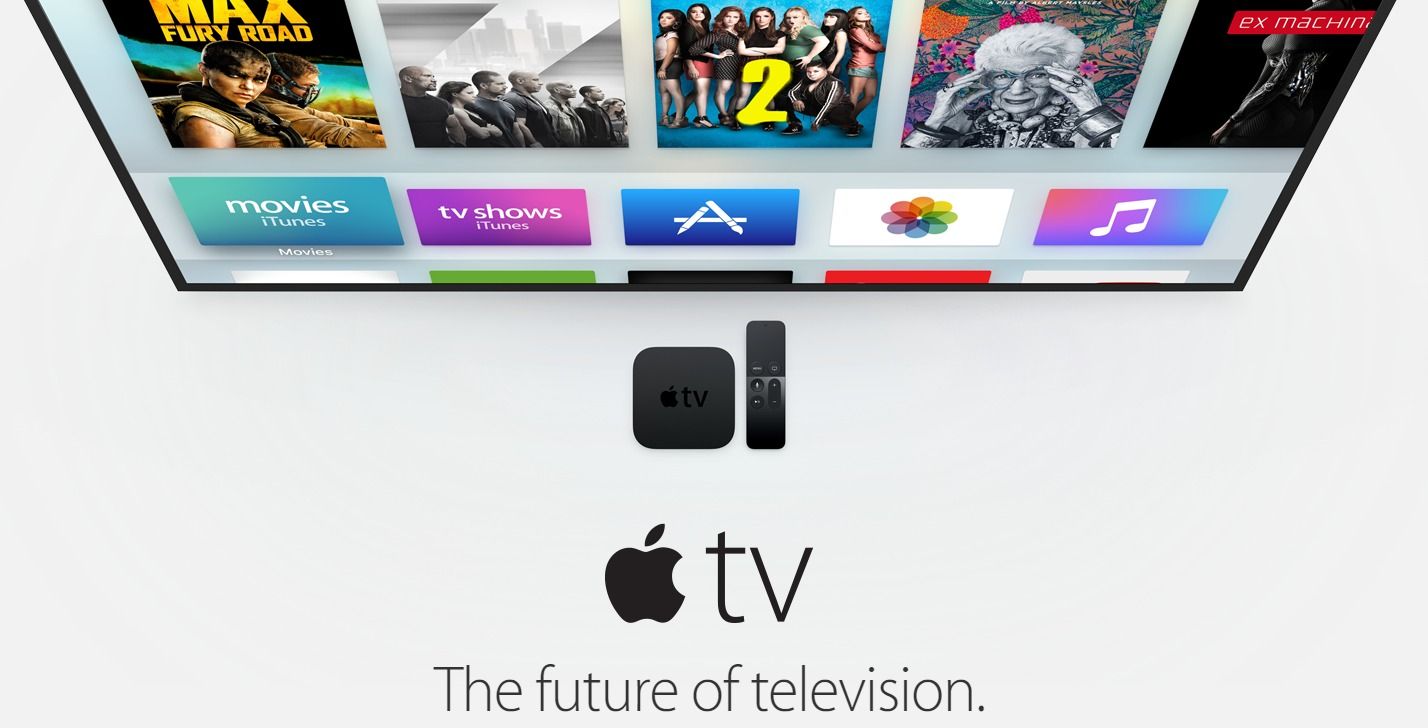The launches of Xbox 360 and PlayStation 3 helped the consumer electronics companies sell millions of high definition (HD) TVs first to early adopters and eventually to mainstream consumers. Having all of that gaming content in HD helped offset the limited HD broadcast content that was available to consumers.
Now the consumer electronics industry has moved on to 4K TV, or Ultra HD, but none of the current video game consoles support that resolution yet. In fact, the only device that s plug and play for 4K is the Nvidia Shield Android TV device.
But even without 4K support, 4K TVs automatically make any game, movie, or television show look much better. And there are a growing number of PC titles, including Treyarch s upcoming Call of Duty: Black Ops 3, that support 4K displays, so gamers still get the best picture quality if they connect to a 4K display or TV.
4K TV prices are dropping steadily, and this holiday season should see an uptick in sales of UHDs across the board. Strategy Analytics forecasts sales of 5-6 million UHDs this year in the U.S. and expects half of all American homes to have a 4K TV by 2020.
Vizio is currently a leader in the HD and 4K TV markets. Carlos Angulo, senior manager of TV product marketing at Vizio, explains what role video games will play in the burgeoning 4K TV market in this exclusive interview.
What role have gamers played in the success Vizio has had over the years?
Gamers are often at the front edge of video technology. They want large, high-resolution, high-quality displays to get the best results from the latest, greatest games. This has made them a part of the Vizio fan base and success, as we have provided the latest and some of the best picture quality attributes without all the gimmicky features that increase the price but that gamers often aren t interested in.
What did you learn from the launch of the first HD video game consoles and the adoption of HD TVs by gamers?
We learned that features like resolution were important, but other features like low latency and faster motion resolution also mattered. These traits were inherent characteristics of CRT displays, but not of LED/LCD-based HDTVs, and they were not always top-priority characteristics for videophiles compared to progressive-scan, high-resolution, contrast or color accuracy. With LED, for example, videophiles could adapt by way of an audio delay that could easily compensate for video latency. But latency and low frame rates in a video game can be the difference between life and death (in the game). Vizio knows that having the lowest lag time between input and output, and even having a Game Mode to decrease that delay even further by bypassing the internal processing for video game signals made our products more interesting to high-end gamers. The addition of fast motion resolution, along with VIZIO s High Velocity Mode, a technology that enables select Vizio UHD displays to accept 1080p signals at 120Hz frames per second gives Vizio an advantage.
How do you see gamers adopting 4K TVs?
We certainly think gamers should be interested in large-sized 4K/UHD displays. To appreciate the UHD resolution best, you want it to fill a large portion of your field of view. Gamers are more likely to be in this position than anyone. They want to be up close and immersed in the action.
How important will it be for the Xbox One and PS4 to support 4K TVs for your 4K TVs to really take off?
Modern consumers are using numerous devices to find content, and both Xbox One and PS4 could be big players in that world. But Vizio s UHD displays are already in demand thanks to a growing list of streaming sources, including Vizio s own Internet Apps Plus smart TV platform, external streaming devices, and the upcoming UHD Blu-ray format.
Currently, mobile and PC games support 4K gaming, what opportunities do you see in those categories?
We wouldn t be able to speak to those categories at this time. We would note that Vizio TVs, with their high resolution and excellent picture quality also make great computer monitors. Our 43-inch M-Series Smart UHD Full Array LED TV is only $599, which we believe will be an attractive size and price point for the next gen PC gamer.
What does 4K open up for gamers even if they’re playing games in 720p or 1080p?
If you just look at resolution, you will see much greater detail and realism in games. Depending on the viewers position with the TV, it will either eliminate a potential “screen door effect where the visibility of pixels detracts slightly from the overall picture or will improve overall resolution and clarity. Distant features would be more easily viewable. Angles and curves will have fewer distracting artifacts. Overall, the image will seem smoother and clearer. When Reference Series with HDR and WCG become available, the image advantages will be even more compelling.
How have you seen the prices drop with 4K since Vizio first entered this space?
We would not be able to talk about pricing, other than to say that last year when Vizio first introduced its Ultra HD collection, we offered a 50-inch class UHD display for under $1000, and this year we have seen that price drop to under $700 with our 50 inch class M-Series 4K TV. Both models include high-quality features like a full-array LED backlight and local dimming for improved contrast.
Can you talk about some of the newest features of your new lineup of 4K TVs?
Our Vizio Reference Series will offer High Dynamic Range and Ultra Color Spectrum as a result of its compatibility with Dolby Vision. This provides a significantly brighter image with more lifelike contrast between peak highlights and deeper, darker blacks. These displays will also offer an Ultra-wide Color Gamut that provides richer and more saturated colors and hues at every brightness level. When used with Dolby Vision content, the result will be a stunning, near lifelike image that will blow viewers away!
The existing M and P series displays offer some of the best picture quality elements as well. The full-array LED backlight (also available on the Reference series) means greater uniformity from one edge of the screen to the other. The Local Dimming function enables deeper black levels in dark parts of the picture, while maintaining peak white levels in brighter portions of the image, for superior contrast.
Outside of gaming, what type of 4K entertainment content is there for people who do upgrade to 4K TVs today?
There is a growing list of UHD content. Netflix and Amazon have original series, like House of Cards and Transparent that are recorded and made available in 4k. Vizio UHD displays also have access to streaming content from UltraFlix and Toon Goggles. And soon, VIZIO will be able to provide HDR content with Dolby Vision through VUDU s streaming service.
How big do you see this holiday for more mainstream adoption of 4K TVs?
We believe that the technology advancements in our 4K TVs, coupled with increases in availability of 4K entertainment content, should drive demand for our 4K TVs this holiday season.
What do you feel separates Vizio from the crowded 4K TV market?
Picture quality, fast response rates, smart Internet features and value are what separate Vizio from our competitors. Vizio has spent significant resources to determine what is important to consumers, and picture quality ranks higher than gimmicky features like curved screens, voice recognition or gesture control. Vizio is able to offer consumers smart value by building a streamlined product that includes the quality components and features that most consumers are interested in without unnecessary gimmicky features that can drive up costs for consumers.







